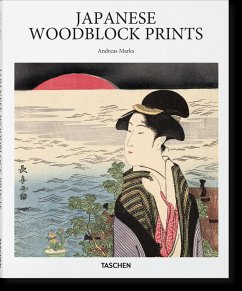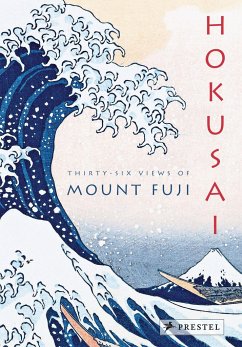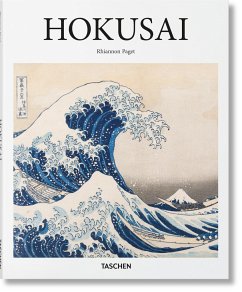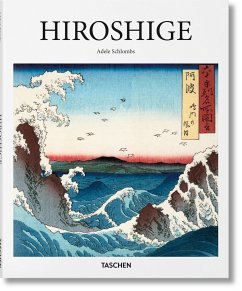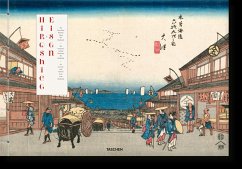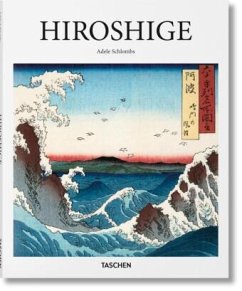Nicht lieferbar

Surprise! by Kuniyoshi
Ukiyo-E Paper Book
Versandkostenfrei!
Nicht lieferbar
In old Tokyo, known as "Edo" during the early modern period, fashion snaps and entertainment magazines came in the form of "Ukiyo-e" ("pictures of the floating world"). There were many Ukiyo-e shops in Edo, which sold various woodblock prints, just as news agents or book shops sell magazines or posters today. Each Ukiyo-e print was sold individually to customers, who bought these beautifully printed sheets of paper to learn the most up-to-date trends of the day, and who also sometimes enjoyed them as artworks or as interior decor by displaying them on their walls.Following the success of Cats ...
In old Tokyo, known as "Edo" during the early modern period, fashion snaps and entertainment magazines came in the form of "Ukiyo-e" ("pictures of the floating world"). There were many Ukiyo-e shops in Edo, which sold various woodblock prints, just as news agents or book shops sell magazines or posters today. Each Ukiyo-e print was sold individually to customers, who bought these beautifully printed sheets of paper to learn the most up-to-date trends of the day, and who also sometimes enjoyed them as artworks or as interior decor by displaying them on their walls.
Following the success of Cats by Kuniyoshi, this new title features 60 art reproductions of various- and variously surprising- subjects featured in the woodblock prints of the outstanding Ukiyo-e master UTAGAWA Kuniyoshi (1792-1892). Human skulls, ghosts, monsters, yokai and other creatures from Japanese folklore appear alongside human subjects depicted humorously and satirically.
In addition, each of the 60 prints can be removed easily, offering today's readers a fun and authentic way to appreciate Ukiyo-e. The simple, yet unique, design on the back side of each page provides even more creative ideas.
Following the success of Cats by Kuniyoshi, this new title features 60 art reproductions of various- and variously surprising- subjects featured in the woodblock prints of the outstanding Ukiyo-e master UTAGAWA Kuniyoshi (1792-1892). Human skulls, ghosts, monsters, yokai and other creatures from Japanese folklore appear alongside human subjects depicted humorously and satirically.
In addition, each of the 60 prints can be removed easily, offering today's readers a fun and authentic way to appreciate Ukiyo-e. The simple, yet unique, design on the back side of each page provides even more creative ideas.





